Photo of Crassula: growing wealth on the windowsill
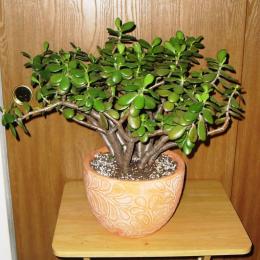
How many names do they call this plant? But more often than not, when you see a photo of a Crassula, Crassula or Butterwort, they recognize it as a money tree.
It has become popular among us not only due to its exotic appearance, but also due to the belief that any person who has collected 12 types of different money trees will immediately become rich. In principle, it will be so: 12 such beauties on the windowsill - isn’t this wealth?
Content:
Features of the Crassula
In fact, in our country there are not 12, but more than 120 popular species of this indoor plant. The most common succulents of the Crassulaceae family came to us from the Mediterranean and Latin America. They are able to remain without watering for a long time due to the accumulation of moisture reserves in the fleshy stems and leaves.
Crassula is a herbaceous plant with a tree-like picturesque trunk. Its peculiarity is that it does not have leaves of a standard shape. They are propeller-shaped, scale-like and oval, resembling coins, like those of the tree crassula.
The leaves of this plant are juicy, fleshy, bright green, grayish, green with a red or pink edge. They grow crosswise - oppositely, but in some species they form a rosette.
Photo of Crassula, most often found on our windowsills, usually only with leaves. Few people have been able to capture or simply see its flowers, because even in its natural habitat it blooms only at the age of 15.And an indoor flower rarely survives to this age.
If you provide the plant with the correct complete care, then you can wait for it to bloom. At the same time, the bush is covered with small white-pinkish inflorescences.
A photo of a Crassula in this white cloud can inspire lovers of indoor plants to do such a feat - to wait for the money favorite to come of age and bloom. Perhaps in patience you will find another wealth - wisdom?
Plant varieties
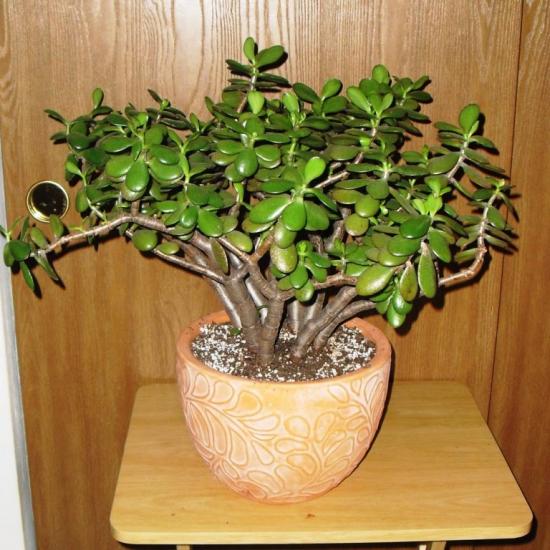
Even on the windowsills of our compatriots you can meet many types this succulent. The most common of them:
- Tree Crassula - money tree. According to Feng Shui, it is decorated with coins and buried under the roots so that the plant brings wealth.
- Purslane Crassula - C. portulacea (Silver - C. argentea). Tree-like shrub one and a half meters high. Its green oval leaves are covered with a shiny film with a red edge.
- Tree Crassula - C. Arborescens with more elongated bluish leaves.
- Oval Crassula - C. ovata. Its most interesting specimen is the one with yellow leaves.
- Mocho- or lycopodioides crassula - C. lycopodioides. The stems are tetrahedral, branching, densely covered with small triangular leaves with a pinkish tint, similar to scales.
- Crescent Crassula - C. Falcate. Its large bluish-green leaves are sickle-shaped and slightly rough. The trunk is weakly branched and reaches 1 meter in height. Bright orange-red small flowers form an umbrella inflorescence.
- Perforated Crassula - C. perforata. Diamond-shaped leaves densely grow over the stem and form a rosette at the top. The photo of the Crassula gives the impression that the leaves are perforated by the stem, which is where the name of the species comes from.
There are many more types of Crassula. Of these, you can definitely choose the most interesting option.
Money tree care
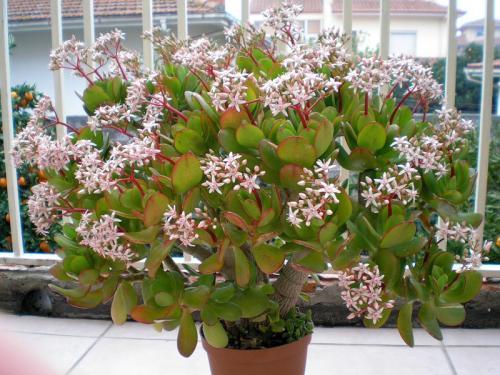
The money tree is completely unpretentious. It is only advisable to grow it on a southern windowsill, and in the summer months - on a balcony. After all, the plant needs:
- sunlight
- moderate watering
- Fresh air
- decrease in temperature in winter.
In summer, watering is carried out according to the degree of dryness of the soil, and in winter - once a month. But if the apartment is too warm and dry, watering should be carried out according to the summer type. The fat plant does not need spraying. Excess moisture can cause leaves to drop.
In spring and summer, due to active growth, the fat plant needs to be fertilized alternately with organic and mineral complexes twice a month. Cactus mixtures will do. The money tree should not be replanted often, but only when it is time to increase the container in which it grows. They do this in the spring.
As you can see in the photo, the fat plant feels comfortable in a flat pot with sufficient drainage. Soil mixture made from equal parts:
- Sheet soil
- Sod land
- river sand
The same amount of humus is added to this mixture.
When transplanted, the trunk of the money tree is covered exactly as much as it was growing before. Otherwise, it may rot and the entire plant will die. The plant gets sick extremely rarely: only from improper watering and lighting. When the problem is eliminated, the fat woman quickly recovers.
The plant reproduces very simply: any leaf or part of the stem produces roots without any problems, both when directly planted in the ground and when partially immersed in water. You can form a tree by pinching the stems, and use the debris as planting material.
Perhaps the money tree will not bring prosperity in the usual sense. But how many pleasant emotions and aesthetic pleasure can be obtained from just contemplating photos of fat plants, and even more so from the plant itself and such not troublesome care for it!
Video instructions on how to properly plant a fat plant:
Interesting information about the vegetable garden

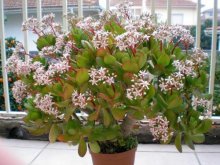

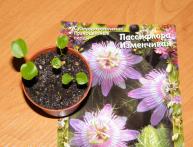
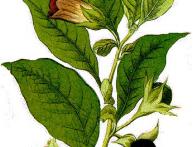
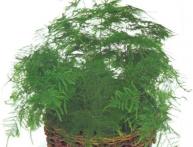
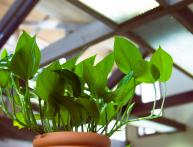
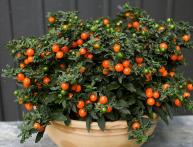
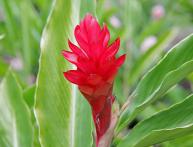
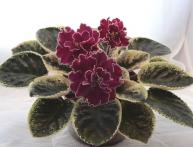
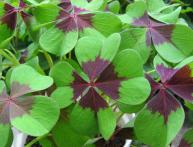
Comments
Crassula does not like overwatering and compacted soil, so when it comes time to plant or replant the plant, you should pay special attention to choosing a mixture of sand, turf soil, and good drainage.
I also have a fat plant growing at home. Indeed, a non-capricious plant. I often fertilize with universal fertilizer, but I haven’t replanted it in a long time. It will be necessary to replant in the spring, as flower growers recommend.